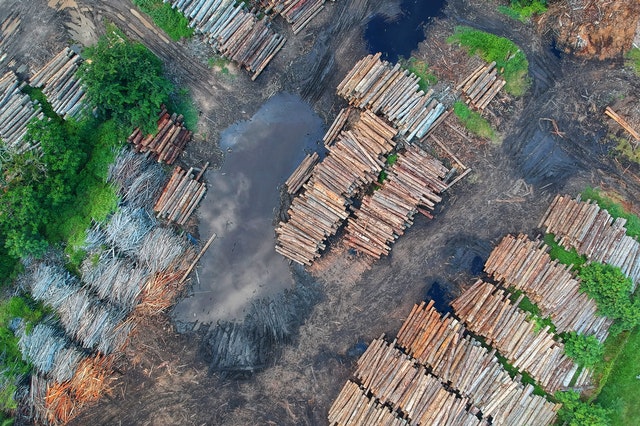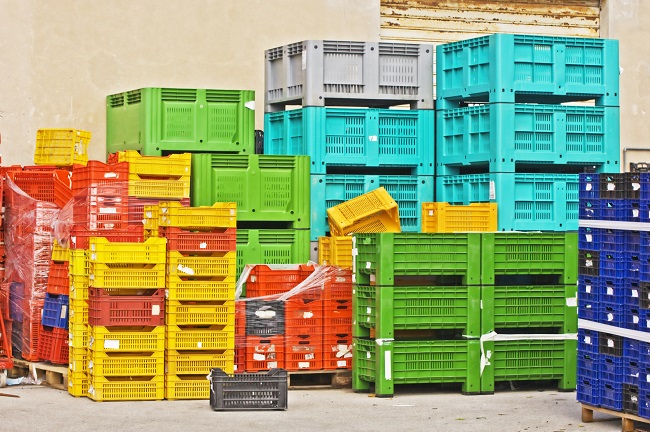The COVID-19 pandemic was a gut check for U.S. cities.
There’s no need to go into detail about the scale of lives lost, businesses that have gone under, and overall negative impact on urban centers.
But for businesses and residents, tracking these changes can mean anticipating and responding to key shifts that have changed the game for many.
Here we take a look at some of the macro-trends facing cities during this very turbulent year.

Exodus from cities
People are leaving cities. Maybe not in the huge numbers that were expected, but it’s happening. This makes good sense as people are opting for fresh air, more space to socially-distance, and extra square footage for homes that are now serving multiple purposes (more on this below).
In short, people are using the pandemic and the resulting lockdown as a useful excuse to finally relocate and change their relationship with their local metropolis. This has ushered in some interesting consequences for the environment as a result of the response to COVID-19.
One example is how cities are now looking at wastewater surveillance as a way to mitigate the march of the virus.
All that said, the long-term outlook for cities is significantly brighter than current trends might suggest. Cities will likely continue to be cultural and culinary hubs, engines of progress in many ways as they are today, but people will certainly think twice about opting for often-cramped quarters in some city neighborhoods as a result of what they experienced during lockdown.
Just take a look at the college towns that opened back up now facing some of the largest coronavirus outbreaks in the country.
Quarantine has given people a different outlook on how they relate to spaces they occupy due to the threat of being confined to them for long periods. That’s a big change in how folks think about their environment.
Changes in how space is used
There’s a lot of talk about “dead space” in the COVID era.
From parking spaces and storage units to corporate offices and apartments, the changing demographics of cities means that the spaces they occupy necessarily change too. Lots of these spaces are now simply under-utilized and there’s a greater need for different types of spaces, like outdoor dining.
For example, retail spaces are getting creative with revised versions of their old storefronts and grocers are offering curbside pickups. These are just a few of the many changes reshaping how cities look and feel for residents.
Perhaps you’ve noticed a marked increase in delivery drivers buzzing around your city? This is all part of a broader shift that’s producing some positive (and some negative) impacts on our environment in cities.
That’s one symptom of this larger trend in which citizens are renegotiating the social contract they have with cities and how they function.
Rise of the new “commute” and multi-purpose homes

Lots of companies are now reconsidering their work-from-home policies.
We’ve just participated in the largest study of remote work and, despite the circumstances, many businesses and individuals are interested in staying remote at least part of the time.
That begs the question of what will happen to former office spaces when companies shed those costs. It also forces individuals to reconsider what “home” means when it’s no longer just a place to sleep, eat, and relax, but also doubles as an office, school, gym, and daycare.
To align with this new reality, lots of Americans are reconsidering their relationship with their stuff—and rightly so. For example, a recent study indicated that a staggering 78% of consumers felt they had more than they needed.
Forced to sit amongst all of their possessions, over half of those surveyed said they’d look to donate and pare down their belongings.
The changing complexion of cities cuts both ways
Whether it’s more delivery drivers buzzing around pushing out greenhouse gases or more dining al fresco, these changes to cities can have both positive and negative consequences.
Often it’s a mix of both depending on which aspect of city life is changing.
The trick for businesses and individuals is to be vigilant about these shifting trends and to harness the opportunity for change to improve how companies and people relate to the environment.
There’s a real chance for shaking up how cities function in a good way—if we can find the happy medium between environmental imperatives (like fighting climate change) and economic realities facing hard-hit communities. Either way, cities are charting new courses and it’s exciting to watch.



